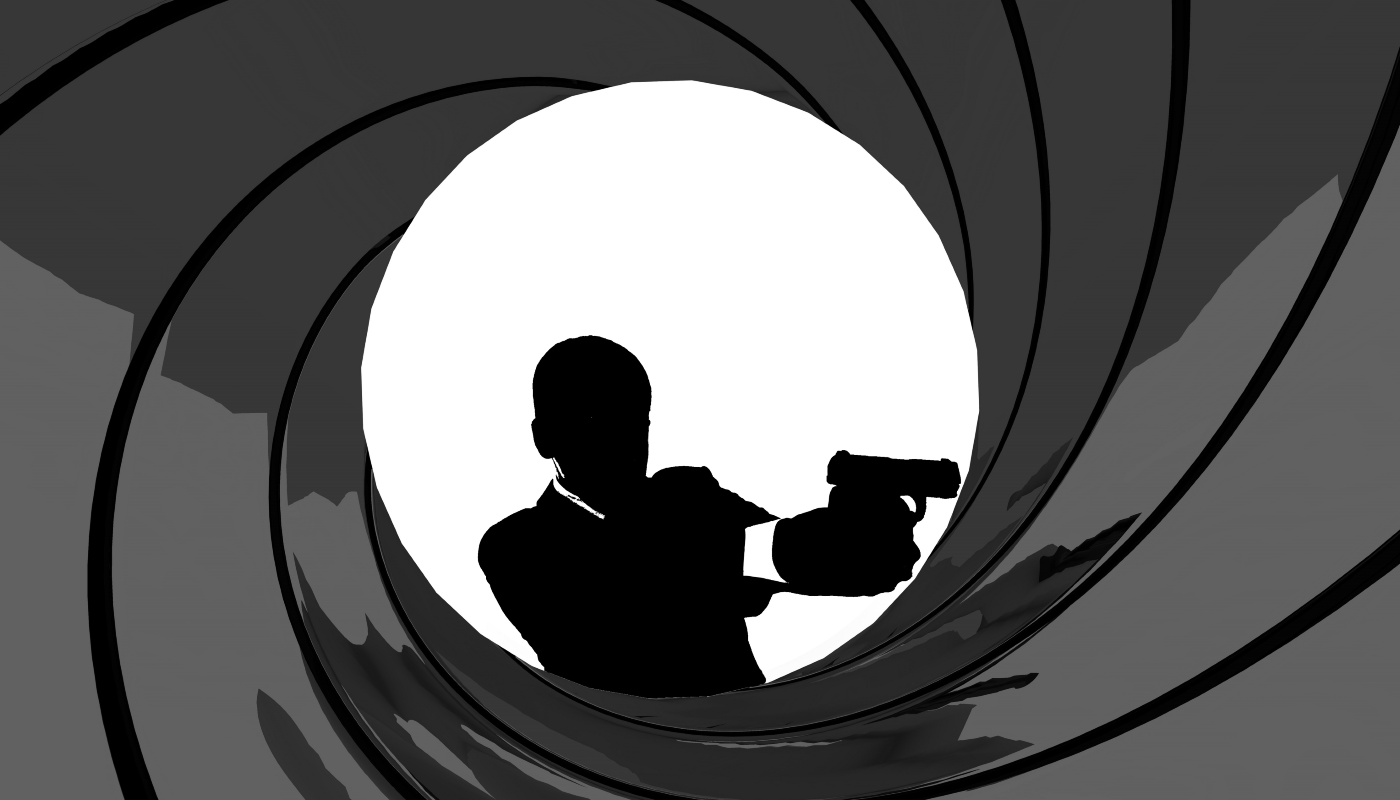In a world where the traditional perception of trademarks is often limited to static logos and names, motion trademarks[1] are a breath of fresh air.
It is fair to say that this is an area that is still in its infancy, largely due to consumers’ difficulties in perceiving moving parts as part of a brand’s identity. However, there are some successful examples. One example is James Bond’s iconic “Gun Barrel” sequence, which I will discuss below, but let’s start from the beginning.
My fascination with James Bond began in my youth, a time when film was not only an escape from reality but also a source of inspiration. The world of James Bond, with its mix of elegance, danger and unrivalled charisma, captured my imagination. Roger Moore was my hero. A Bond with a twinkle in his eye who won over all the women and was the bane of all villains. The “Gun Barrel” sequence gave you goosebumps and you were swept away to a time when villains were villains and heroes were heroes. The sequence is a brief but powerful representation of the Bond universe, immediately conveying the sense of excitement, mystery and unmistakable cool that is synonymous with James Bond.
In 2019, an application was filed with the EUIPO to register a motion trademark and a multimedia trademark[2] , for James Bond’s iconic “Gun Barrel” sequence. This sequence, which has been a signature part of the Bond films since the first real Bond film “Agent 007 with a Licence to Kill” from 1962, is not only an instant recognition signal for fans all over the world but also a masterpiece of branding.
The “Gun Barrel” sequence shows how a motion trademark can become iconic and create an immediate and lasting connection with the audience.
For those of us working with trademarks, motion marks represent a fascinating challenge and opportunity. It requires an understanding of the regulatory framework and how the relevant consumer thinks. The successes, as clearly illustrated by the “Gun Barrel” example, can offer brands a chance to really stand out from the crowd.
As the world becomes increasingly digital and brands seek new ways to engage and captivate their consumers, motion trademarks can prove to be an invaluable resource. It’s time for brands to start thinking about motion not just as part of their marketing strategy, but as an integral part of their identity.
So, as we look forward to a future where motion trademarks are increasingly common, let’s not forget the pioneers who dared to think differently. Let’s take inspiration from James Bond, a character who has not only survived the test of time but also managed to maintain his iconic status by constantly adapting – a reminder that in a world of constant change, mobility is the key to lasting relevance.
I take off my hat, just like James Bond in “The Man with the Golden Gun”, when Roger Moore took over the role[3] . Perhaps it is time we all take inspiration from Bond and look to the possibilities of the future with equal parts adventure and elegance. Who knows? Your next big idea might just be a motion away. To explore the unique possibility of motion trademarks is to open the door to a new dimension of trademark protection, one that offers a dynamic connection between the trademark and its consumers.
If you have any questions, don’t hesitate to contact me our someone from our team!
[1] EUIPO started accepting motion trademarks for trademark applications on 1 October 2017, as part of an update to include more non-traditional trademarks.
[2] 018168980 (motion) and 018168983 (multimedia)
[3] The first film where James Bond does not wear a hat during the “Gun Barrel” sequence.





